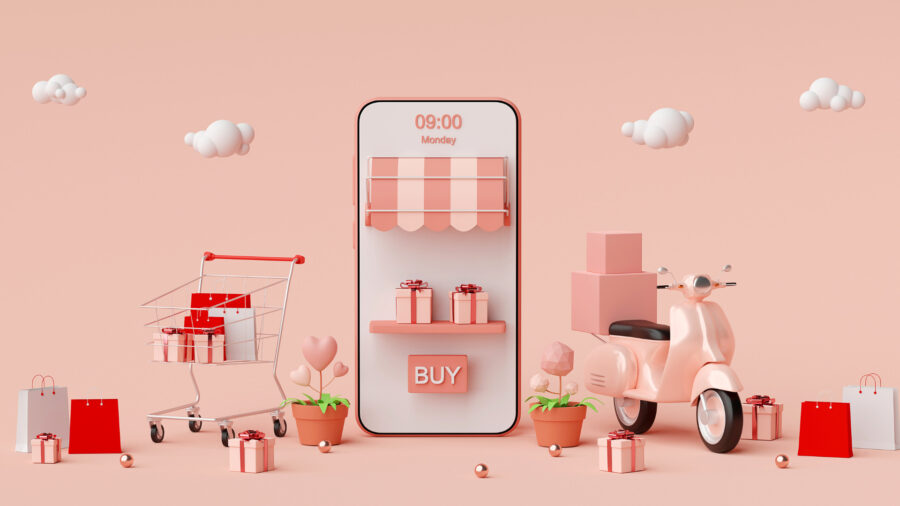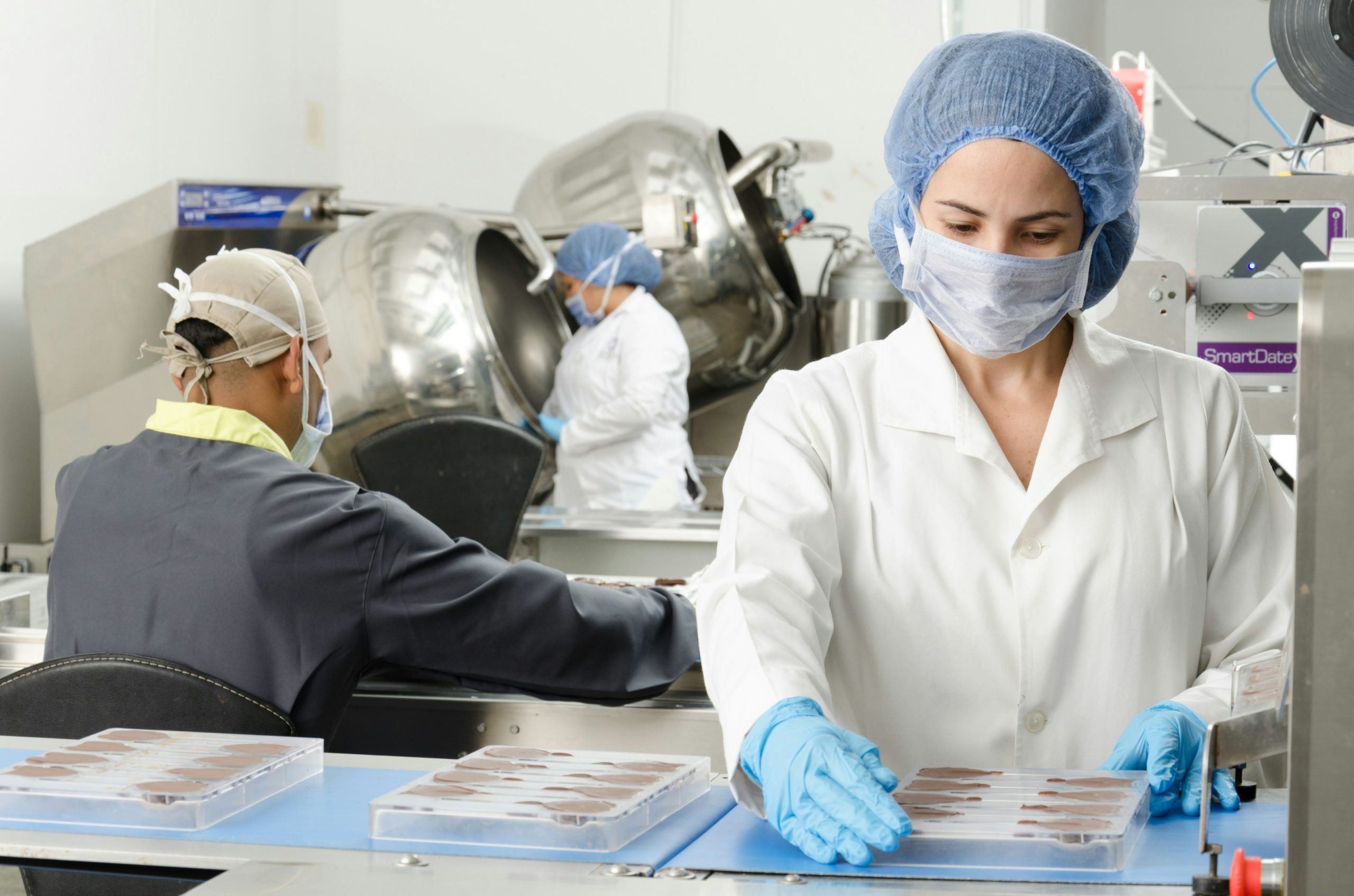Grocers have been speeding up delivery, and on-demand is becoming a vital part of every delivery program.
Shoppers who have become used to groceries arriving on their doorstep now expect that option to be available even for last-minute needs, like realizing you’re out of eggs. What was once the domain of prepared foods has become a must-have option for items across the store.
“Over the past almost two years, we’ve seen explosive growth in our delivery business,” said Christian Freese, Senior Director, GM U.S. and Canada, New Verticals at Uber.
“As people stayed home, COVID significantly changed the way that people thought about delivery, and accelerated adoption of on-demand delivery beyond prepared food,” Freese added. “That ease of being able to effortlessly order almost anything — from pet food to produce — became a regular part of consumers’ everyday life and integrated into their daily routines.”
HOLIDAYS KEY
Maintaining a strong on-demand delivery program means adjusting inventory so that the right items are ready for pickers as needed. This means grocers need to align their delivery offerings with holidays and other moment-to-moment trends just like they would for their general inventory, according to Freese.
Some products are year-round bestsellers when it comes to on-demand delivery, but others will see spikes in demand as consumers prepare for parties and other major events.
“Of course we see the trends you’d expect — there are some products that are last-minute must-haves like milk or eggs or toilet paper,” said Freese. “But we’ve also seen that consumers are motivated by key moments — like searching for flowers in the lead up to Mother’s Day or Father’s Day.”
COMMUNICATION PARAMOUNT
Any retailer that works with third-party providers should remain in continuous communication with their partners, according to Freese.
He cited Uber’s on-demand delivery partnership with Albertsons Cos., which has expanded to more than 2,000 stores across the grocer’s banners including new locations in Connecticut, Indiana, New Hampshire, Utah, Vermont, and Rhode Island.
“We’re in constant communication as partners to find new and innovative ways to work together across our brands and consumer bases,” Freese said.
Uber and Albertsons also have worked together to make sure Uber’s systems work with the grocer’s in-store customer loyalty programs, Freese noted. Working together can enable both parties to take advantage of each other’s most valuable offerings to the benefit for the program as a whole, ensuring that shoppers have the most convenient experience possible.
“We’re at the start of this journey, so instead of giving any advice, we are committed to listening to and learning from the retail industry,” Freese said. “Our goal is to help merchants grow their business and garner additional sales, so we’re investing heavily in building technology solutions that serve retailer’s needs.
“We want to support the development of neighborhood businesses — and the broader retail industry — to take full advantage of the power of our platform and on-demand delivery.”












